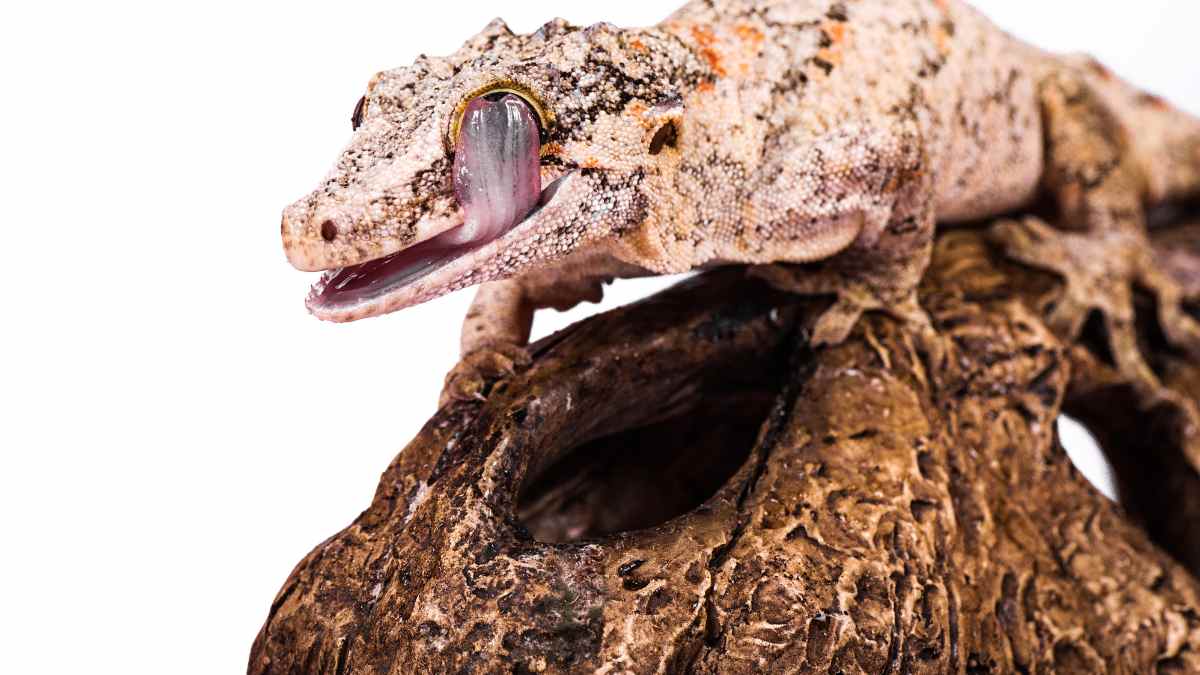Welcome to the wild world of reptile cuisine, fellow nature enthusiasts! From the colossal crocodiles of the Nile to the tiny tree snakes of the Amazon rainforest, every reptile has its own unique palate.
Some reptiles, like the majestic iguana, prefer to dine on a plant-based diet of fresh greens and flowers. Others, like the venomous rattlesnake, have a taste for more sinister fare, such as small rodents and even other reptiles!
But let’s not forget about our slinky sea serpents, the snakes. From the beautiful boa constrictor to the speedy sidewinder, these legless wonders have a range of dietary preferences, including frogs, insects, and even fish.
So, if you’ve ever been curious about what reptiles really feast on, buckle up and join me for a jaw-dropping journey through the world of reptile dining. It’s about to get wild!
Overview of Reptile Diets
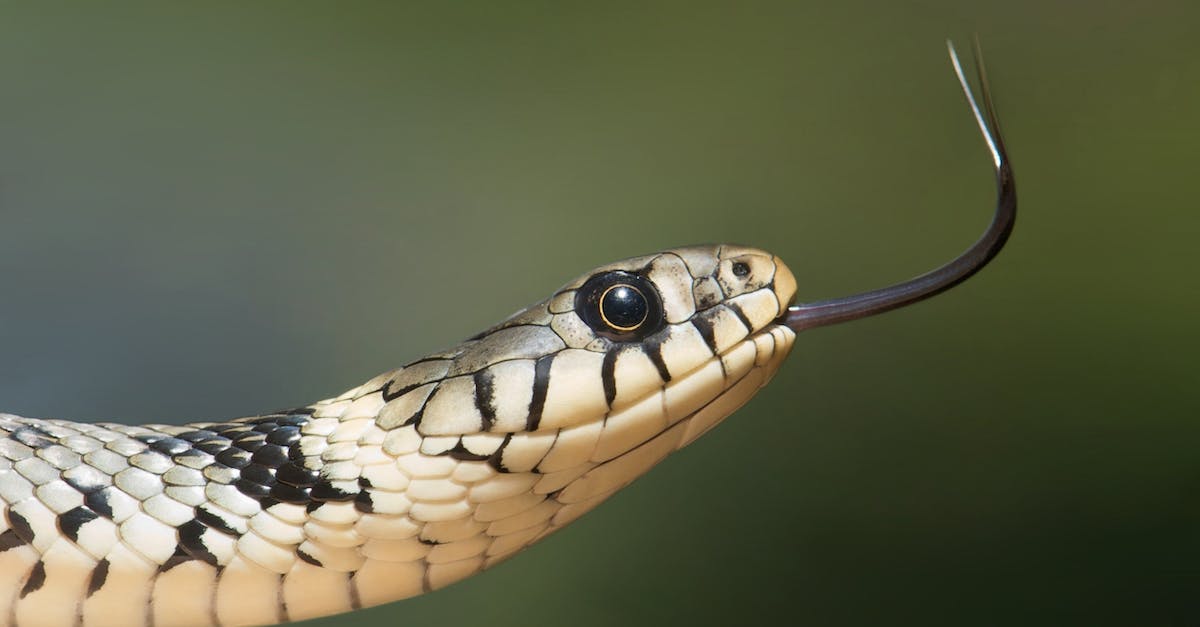
As we explore the world of reptiles, we must also understand their diets. These cold-blooded creatures have a wide range of feeding habits and preferences, depending on their species and habitat. Let us dive deeper into the fascinating world of reptile diets.
1. Carnivorous Diet:
Many reptiles, such as snakes and crocodiles, are carnivorous. They feed on prey such as rodents, fish, birds, and other reptiles. These creatures have specialized teeth and jaws that enable them to capture and consume their prey. For example, snakes have flexible jaws that can open wide to swallow large prey whole.
2. Insectivorous Diet:
Some reptiles, like lizards and turtles, primarily feed on insects. These creatures have sharp, pointed teeth and long tongues to catch their prey. They also have a keen sense of smell, which helps them locate insects. Turtles are known for their slow but steady movements, and they catch their prey by snapping their jaws shut.
3. Herbivorous Diet:
Herbivorous reptiles, such as iguanas and tortoises, feed on a plant-based diet. They consume leaves, fruits, flowers, and grasses. These creatures have sharp beaks and strong jaws that can grind plant matter. They also have specialized stomachs that enable them to digest tough plant fibers efficiently.
-

Beaded Dragon Fan Exclusive: ‘Original Hipster’ T-Shirt – Wear Your Unique Style with Pride – Unisex t-shirt
£13.00 – £20.50 Select options This product has multiple variants. The options may be chosen on the product page -

Chinese Water Dragon Aquatic Mastery Tee: Dive into Elegance with Our Exclusive Reptile Enthusiast Shirt – Unisex t-shirt
£13.00 – £20.50 Select options This product has multiple variants. The options may be chosen on the product page
4. Omnivorous Diet:
Some reptiles, like monitors and skinks, have an omnivorous diet. They feed on both plant and animal matter. These creatures have a varied diet that primarily consists of small prey, fruits, and insects.
In conclusion, the diets of reptiles vary widely depending on their species, habitat, and lifestyle. Understanding the feeding habits of these creatures is essential for their survival and conservation.
Carnivorous Reptiles and Their Prey
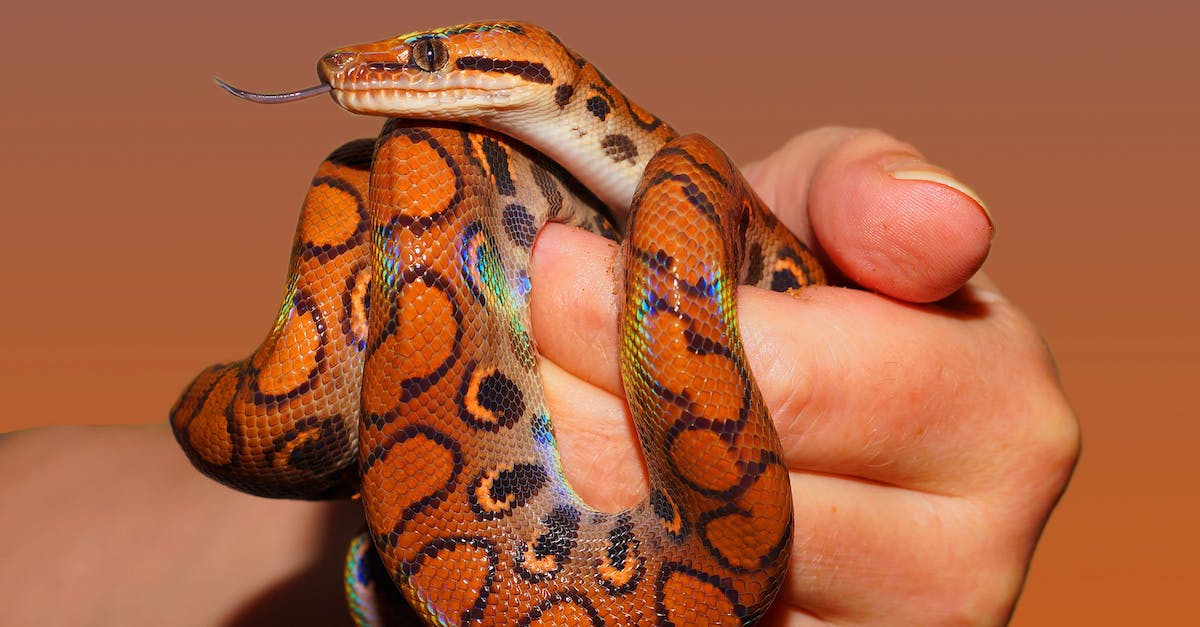
Carnivorous reptiles come in all shapes and sizes and have evolved to consume a wide variety of prey. From small insects to large mammals, these reptiles have adapted to their environment and developed specialized features to capture and consume their prey.
1. Snakes: Snakes are some of the most well-known carnivorous reptiles, and they have a unique way of capturing their prey. Rather than using brute force or speed, snakes use stealth and patience to catch their victims. Once they’ve spotted their prey, snakes use their incredible sense of smell to track it down before striking with lightning-fast speed. Depending on the species, snakes may eat anything from rodents to birds to fish.
2. Crocodiles: Crocodiles are one of the largest and most fearsome carnivorous reptiles. With their powerful jaws, sharp teeth, and armored skin, these creatures are perfectly adapted for hunting in the water. Crocodiles mainly eat fish, but they will also consume birds, mammals, and other reptiles.
3. Lizards: Lizards are another group of carnivorous reptiles that have adapted to consume a wide range of prey. Some lizards, like the chameleon, have long, sticky tongues that they use to catch insects. Others, like the Gila monster, have venomous bites that they use to kill their prey. Still, others, like the monitor lizard, are large and powerful enough to take down small mammals.
4. Turtles: Although turtles are primarily herbivores, some species do occasionally eat meat. For example, the snapping turtle has a powerful beak that it uses to catch fish and small mammals. Other species, like the softshell turtle, will consume insects and other invertebrates.
Overall, carnivorous reptiles have evolved to become incredibly efficient hunters capable of catching and consuming a wide variety of prey. By studying these incredible creatures, we can learn more about the natural world and the fascinating adaptations that allow animals to survive and thrive.
Herbivorous Reptiles and Their Plant-Based Diets
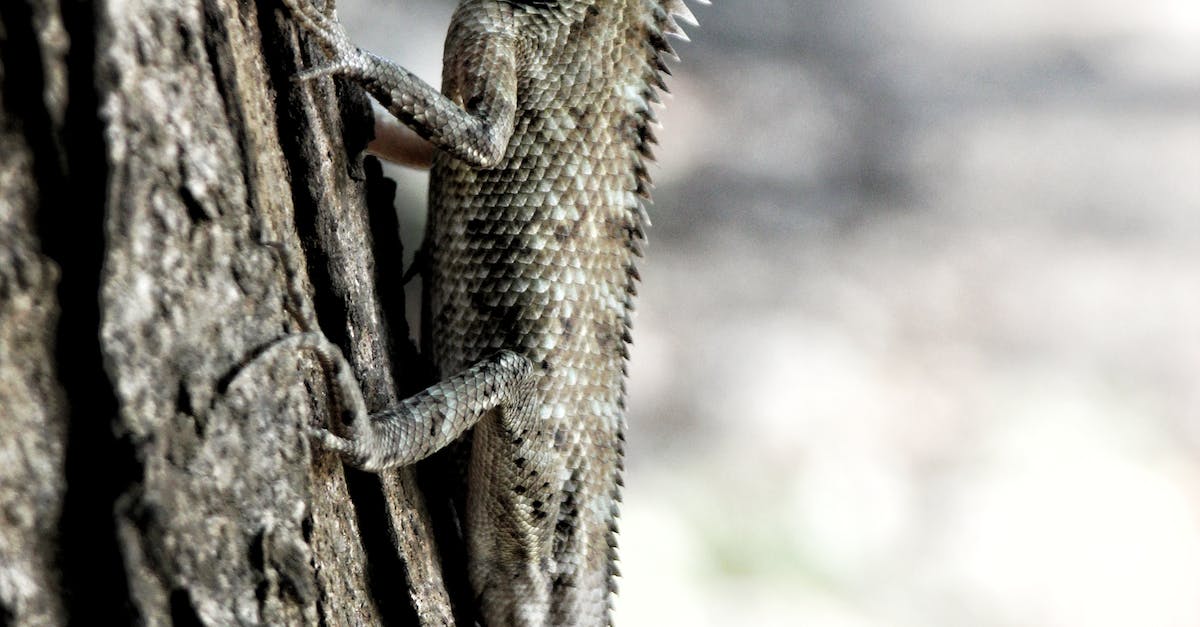
Herbivorous reptiles are a unique group of animals that rely solely on plants for their nutrition. They are not as common as their carnivorous or omnivorous counterparts but still offer a fascinating insight into the world of reptilian diets.
One of the most well-known herbivorous reptiles is the green iguana. This lizard feeds on a variety of plants such as leaves, flowers, fruits, and vegetables. Their diet is high in calcium and fiber, which is essential for their bone development and digestion.
- Benefits of a plant-based diet for herbivorous reptiles: A plant-based diet provides essential nutrients such as calcium and fiber, which are essential for their bone development and digestion.
Tortoises are another group of herbivorous reptiles that feed on plants. They have a high tolerance for plant toxins and can consume a wide range of vegetation, including cacti, succulents, and grasses. Their diet is low in protein and fat, which helps them maintain a healthy body condition.
- Unique feeding adaptations of herbivorous reptiles: Herbivorous reptiles have evolved unique feeding adaptations to help them digest tough plant material. For example, some tortoises have beaks that resemble scissors, which allows them to cut through tough vegetation.
Lastly, there are herbivorous snakes such as the green tree python. These snakes feed on a small variety of plants, including the leaves of the Schefflera tree. Their diet is relatively rare among snakes, as most are carnivorous.
- Importance of plant-based diets for conservation: Understanding the diets of herbivorous reptiles is essential for their conservation. By identifying the plants that are important to their survival, we can work to protect those habitats and ensure that these species continue to thrive in the wild.
Herbivorous reptiles may not be as flashy as their carnivorous counterparts, but they still offer a unique perspective on the world of reptilian diets. From tortoises to iguanas, these animals have adapted to a plant-based diet and offer insights into the importance of a varied and balanced diet for all animals.
Omnivorous Reptiles and Their Balanced Diets

As we explore the diets of reptiles, we come across a group that is quite unique – the omnivorous reptiles. These creatures consume both plant and animal matter, which allows them to maintain a balanced diet. Let’s take a closer look at some of the omnivorous reptiles and the components of their diet.
- Tortoises and turtles: These reptiles consume both plant and animal matter, with the majority of their diet comprised of vegetation. They enjoy a variety of greens such as kale, dandelion greens, and mustard greens, as well as fruits and vegetables like strawberries, grapes, and carrots. They also feed on insects, such as crickets and mealworms, for protein and other essential nutrients.
- Iguanas: Iguanas are herbivores, but they also supplement their diet with insects and small animals. They mostly feed on leafy greens like collard greens and spinach, as well as fruits, vegetables, and flowers like hibiscus and dandelion. Insects like crickets and mealworms are an excellent source of protein and calcium for these omnivorous reptiles.
- Bearded dragons: These reptiles are one of the most widely-kept omnivorous pets. They enjoy a varied diet of leafy greens, fruits and vegetables, and insects. Collard greens, kale, and mustard greens are staples in their diet, along with squash, bell peppers, and blueberries. Bearded dragons rely on crickets, roaches, and mealworms for protein and other nutrients like calcium.
- Skinks: Skinks are another group of omnivorous reptiles that enjoy both plant and animal-based foods. They consume a vast array of fruits and vegetables, including sweet potatoes, berries, and melons. They also feed on insects like mealworms and crickets, as well as small mammals and other reptiles.
Omnivorous reptiles exhibit a diverse diet that includes both plant and animal matter. Their omnivorous nature allows them to consume a wide range of foods, ensuring their nutritional needs are met. As David Attenborough would say, they are the “jack of all trades” when it comes to eating habits.
Feeding Habits and Behavior of Reptiles
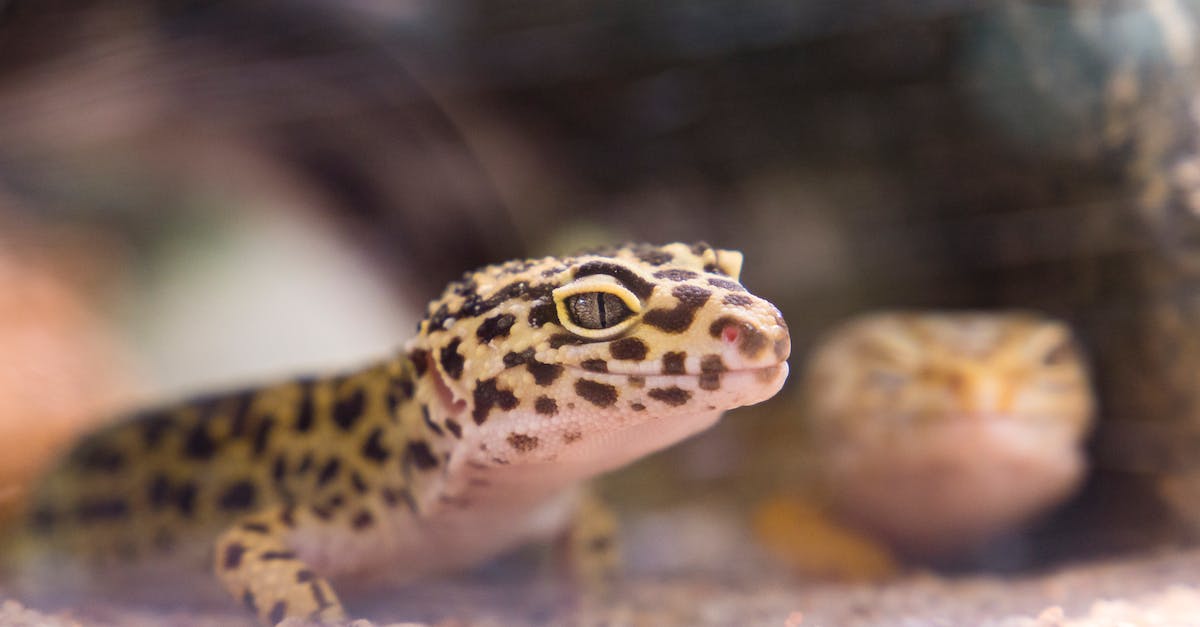
1. Carnivorous Diet: Reptiles are known for their carnivorous diet which mainly consists of insects, birds, rodents, and even other reptiles. They are well adapted to catch and consume their prey through their sharp teeth and strong jaws.
2. Ambush Predators: Many reptiles such as crocodiles and snakes are known to be ambush predators. They have the ability to remain completely still for hours, waiting for their prey to come close enough for them to strike.
3. Cold-blooded Metabolism: Due to their cold-blooded metabolism, some reptiles such as snakes can go for months without eating. They are able to slow down their metabolism to conserve energy and survive on fewer meals.
4. Swallowing Prey Whole: Some reptiles such as pythons have the ability to open their jaws widely and swallow their prey whole. This allows them to consume large meals in one go, which they can take some time to digest.
5. Herbivorous Diet: Although most reptiles are carnivorous, some species such as tortoises and iguanas have a herbivorous diet. They mainly feed on plants, fruits, and vegetables and have a unique digestive system adapted to break down tough plant fibers.
In conclusion, reptiles have unique feeding habits and behaviors that allow them to survive in various environments. From their carnivorous diet to their cold-blooded metabolism, these animals have adapted to their surroundings to become efficient predators or herbivores.
Threats to Reptile Diets and Conservation Efforts
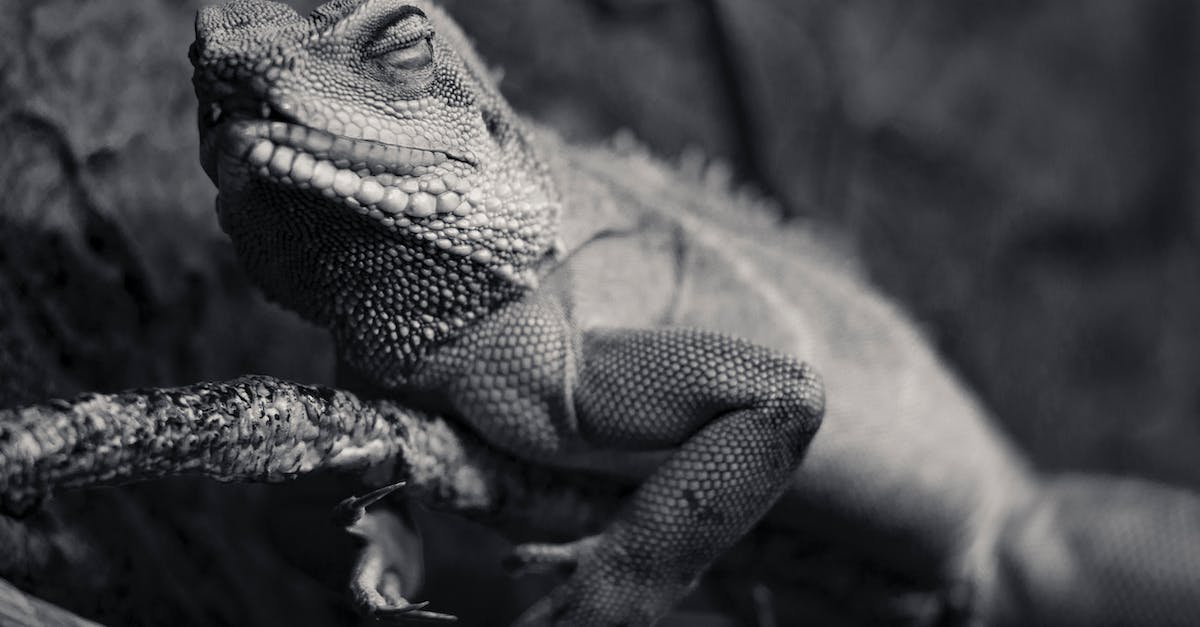
As we explore the diverse world of reptiles, one question that arises is: what do they eat? Reptiles have extremely diverse diets, ranging from specialized herbivores to fierce predators. But as much as reptiles rely on their unique diets, their food sources are increasingly threatened by human activity and environmental changes. Here are six potential threats to reptile diets and conservation efforts:
- Habitat loss: With the planet’s human population growing at an alarming rate, many reptiles are losing their natural habitat due to deforestation, urbanization, and agricultural expansion. When their habitats are destroyed, reptiles can no longer find the food sources they need to survive.
- Climate change: Global warming affects reptile diets too. For example, some small lizards rely on insects for their food. But as temperatures rise, insect populations decline, which can have a ripple effect up the food chain. Additionally, rising sea levels and other changes to marine environments can impact the diets of sea turtles and other reptiles.
- Overhunting: In some cultures, reptiles are considered a delicacy and are hunted for their meat or skins. Overhunting can quickly deplete reptile populations, leading to food scarcity for other species that depend on them. Additionally, many reptiles are killed for their body parts, which are used in traditional medicine or sold as exotic pets.
- Invasive species: Invasive species can devastate reptile populations by outcompeting native species for food resources. For example, invasive fire ants prey on the eggs and hatchlings of some reptile species, leading to fewer adults in the population.
- Pollution: Pollution can impact reptile diets in multiple ways. For example, pesticides used in agriculture can poison reptiles directly, or contaminate the insects they eat. Similarly, plastic pollution in the oceans can harm sea turtles and other reptiles that mistake plastic debris for food.
- Overfishing: Many reptiles rely on fish as a primary food source. But overfishing can reduce the number of fish available, leading to food scarcity for reptiles that rely on them. Additionally, fishing practices like trawling can harm reptile habitats, such as coral reefs.
As we can see, there are many possible threats to reptile diets, ranging from man-made to natural. Conservation efforts should focus on finding ways to mitigate these threats and protect reptile populations, such as creating protected areas, reducing plastic use, and regulating hunting and fishing practices. By taking action now, we can preserve these unique and valuable species for generations to come.
Conclusion
And there you have it my dear readers, the wonderful world of reptile diets! From the snappy-jawed crocodile to the lazy-slithering python, each of these creatures have their own unique taste in food.
While some may find the idea of eating insects, rodents, or even other reptiles a bit stomach-churning, these scaly critters have been chowing down on their favorite meals for millions of years.
Next time you come face-to-face with a reptile, be sure to remember what’s on their menu. Oh, and if you happen to be a defenseless little mouse, it’s probably best to run for cover.
So if you’re feeling adventurous, take a leaf out of these reptile’s books, and try something new for dinner tonight. Who knows, you might just discover a taste for something you never thought possible.
Until next time, stay curious and keep exploring the fascinating world of reptilian cuisine!

